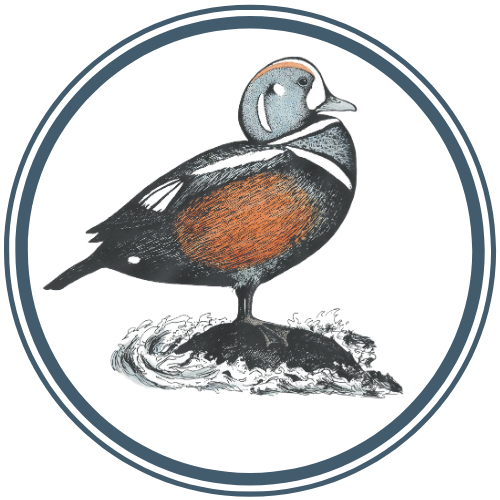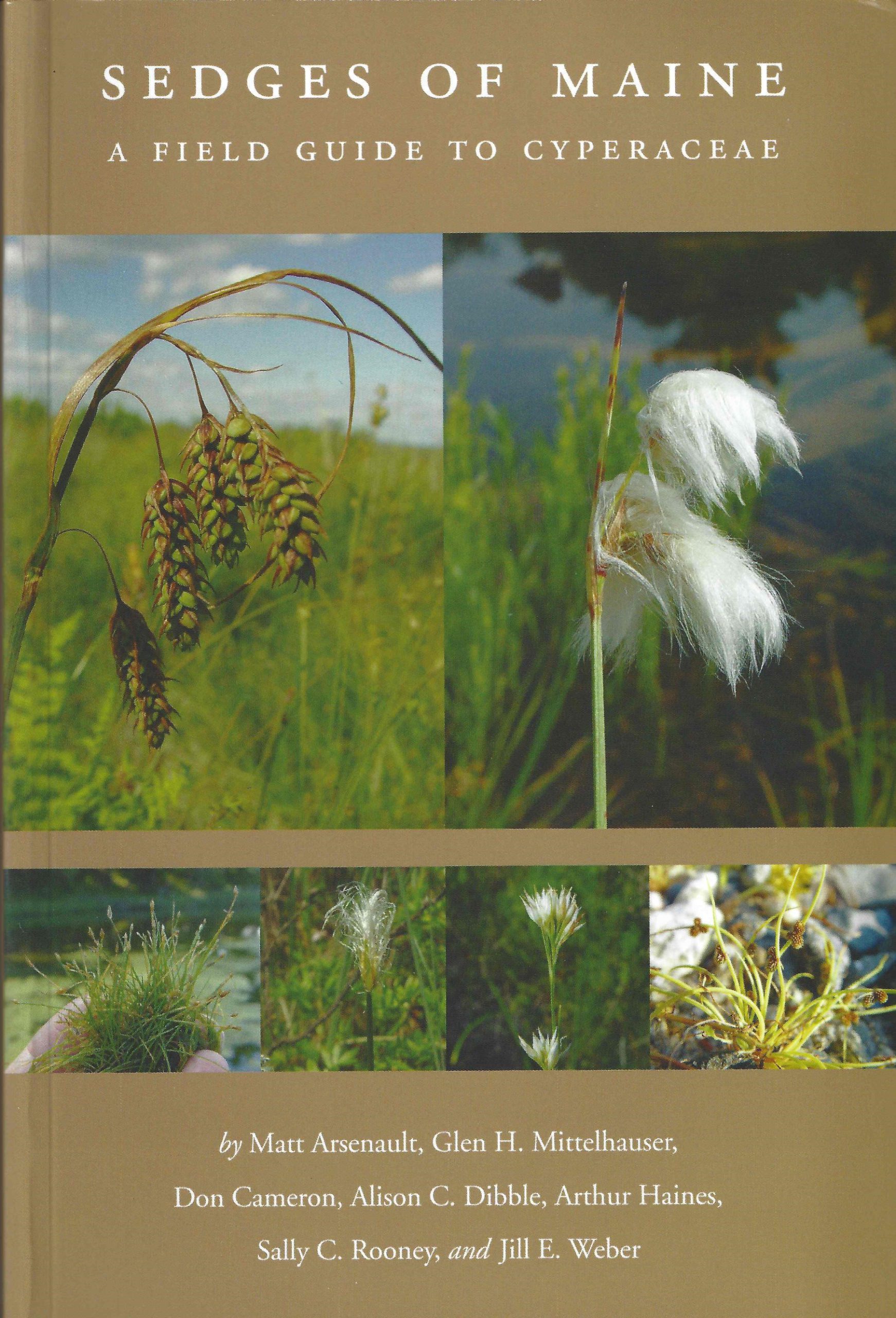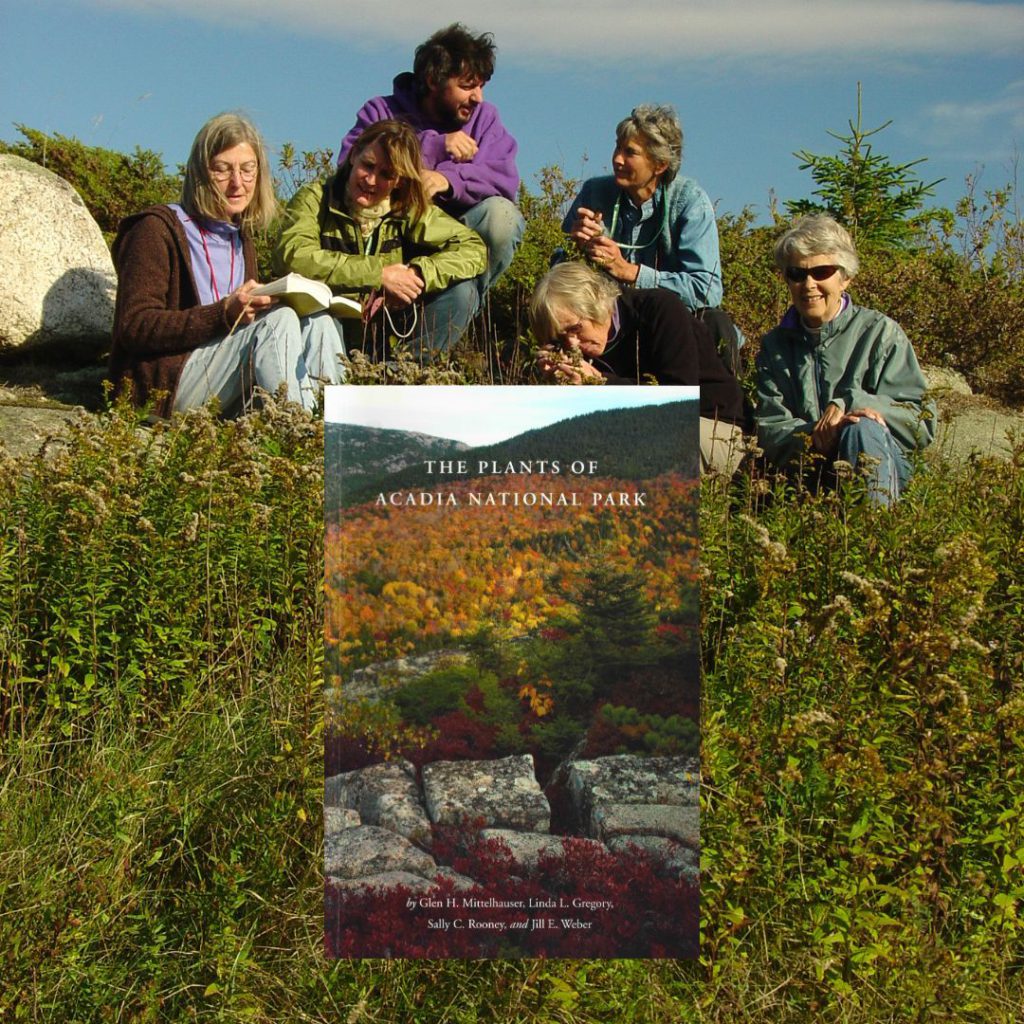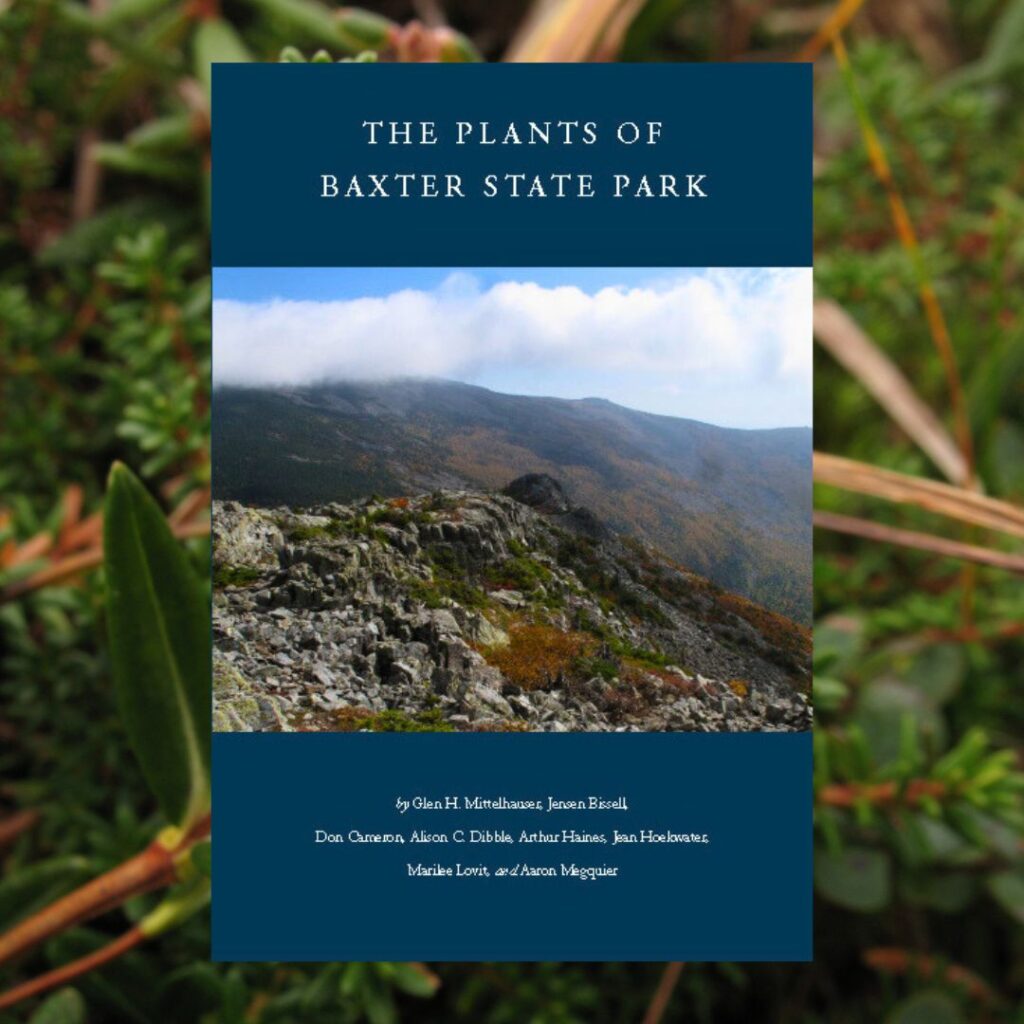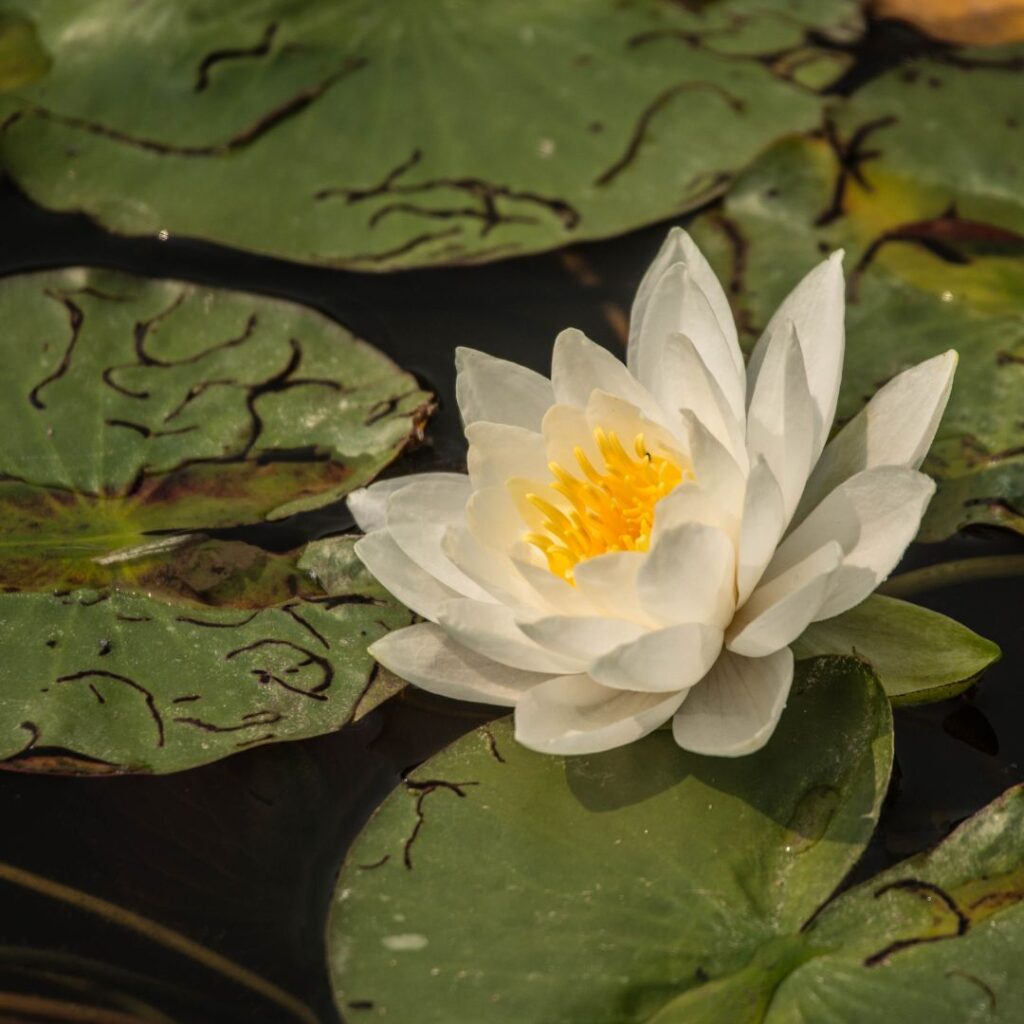Author(s): Matt Arsenault, Glen H. Mittelhauser, Don Cameron, Alison C. Dibble, Arthur Haines, Sally C. Rooney, and Jill E. Weber
Published: University of Maine Press, 2013
ISBN 13: 9780891011231
The sedge family is frequently considered by professional and amateur botanists alike to be one of the most challenging groups of plants to study. This unflattering reputation is due in large part to the vast number of sedge species not only in Maine but also throughout the United States and Canada. In addition to the seemingly overwhelming sedge diversity, the identification of sedges often relies heavily on the recognition of minute and often subtle floral and vegetative characteristics that are sometimes difficult to assess in the field. The identification of sedges has been largely limited to the use of technical dichotomous keys in comprehensive botanical manuals. Non-illustrated Botanical keys can be time-consuming and frustrating especially when one is not familiar with the technical-sounding botanical vocabulary.
This field guide provides amateur and professional botanists, ecologists, foresters, students, gardeners, and naturalists with a convenient and easy-to-use resource dedicated to the Cyperaceae in Maine.
Sedges are important components of Maine’s biodiversity and natural heritage. Over 25% of the sedge species in Maine are of conservation concern, yet sedges are ubiquitous in many habitats across the landscape. Thus, proper identification of all sedge species is an essential component of ecological studies such as wetland delineations, wetland functional assessments, natural resource inventories, site suitability assessments, ecological characterizations, land conservation value evaluations, rare species surveys, and habitat assessments.
(Excerpts from the introduction of Sedges of Maine)
Related Content
-

The Plants of Acadia National Park
Building on the data collected by Dr. Craig Green of College of the Atlantic, The Plants of Acadia National…
-

The Plants of Baxter State Park
Maine’s Baxter State Park is one of the most ecologically diverse and beautiful protected sites in the Northeastern United…
-

Aquatic Plants of New England Field Guide
We’re excited to announce the upcoming publication of Aquatic Plants of New England, a new field guide by Don…
